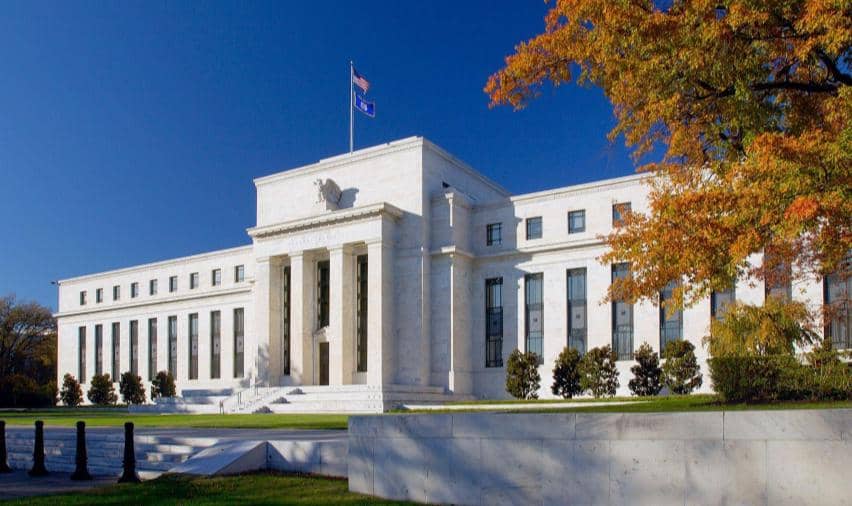Patience could reward investors in US high-yield bonds

20 JUL, 2023

By David Daigle, Tara Torrens, Portfolio Managers, Capital Group.
Owning high-yield bonds ahead of a potential recession might make some investors uneasy. But for those with a time horizon beyond one year, investing in bonds with current yields of around 8% has historically offered solid returns.
You can’t have financial conditions tighten substantially and not have repercussions in the real economy, so we expect a slowdown.
Fundamentals are especially important as corporate profitability comes under pressure in the face of rising costs and higher interest rates. Fundamental credit analysis helps identify which companies can pay their debts. For example, although oil prices often decline as growth slows, there are energy companies that can comfortably navigate a downturn.
The quality of the high-yield universe has improved, with nearly half the market carrying the highest rating (BB/Ba). One reason is that many companies with riskier financial profiles have opted to raise funds in the private credit and leveraged loan markets.
Taken together, defaults will likely increase but remain low relative to prior recessions –current valuations reflect this scenario. And while spreads could widen in a recession, investors waiting for better entry points may not see them given the improved credit profile of high yield.
Current yields offered strong two -and three-year returns

Past results are not a guarantee of future results. As of 31 May 2023. Yield-to-worst is a measure of the lowest possible yield that can be received on a bond that fully operates within the terms of its contract without defaulting. The real economy refers to all non-financial elements of an economy. Lower-rated bonds are subject to greater fluctuations in value and risk of loss of income and principal than higher-rated bonds. A high-yield bond is one with a lower credit rating than an investment-grade bond. High-yield bonds typically offer a higher rate of interest because of a greater risk of default. A leveraged loan is a type of loan that is extended to companies or individuals that already have considerable amounts of debt or poor credit history. SOURCE: Bloomberg Index Services Ltd.


